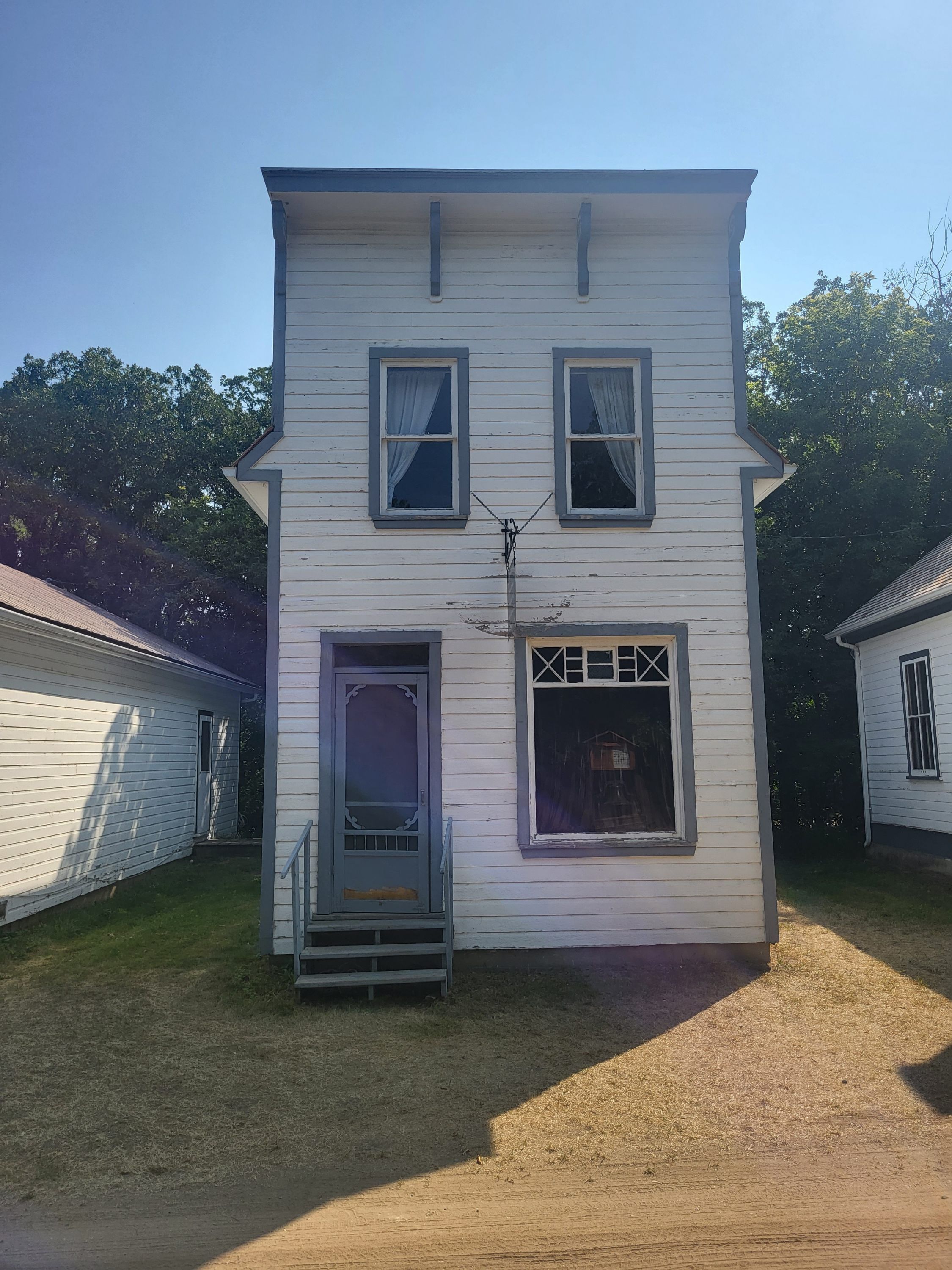Name/Title
Law OfficeDescription
Boomtown Structures
(1885-1930)
With the arrival of the railways in the 1880s the
Canadian West was opened to settlement. The
ensuing years are often called the Boom years
and it was during this era when entire prairie
communities sprang up virtually overnight. The
commercial centres in these new towns typically
consisted of simple wood frame structures
hidden behind boomtown or false-fronted
façades. By extending the gable front up past the
eaves and beyond the roofline, small buildings
could be made to look larger and more dignified.
In Manitoba, boomtown fronts were most
frequently used on stores, small office buildings,
blacksmith shops, livery barns and church and
community halls. The most common boomtown
façades were flat-topped or step-topped.
